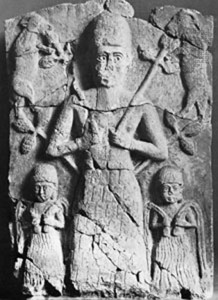 “Lent is based on Tammuz worship.” That’s the claim – let’s test it against what is actually known and weigh the evidence. (What is it actually based on? The Season of Teshuva between Elul 1 and Yom Kippur during which the 40 days of fasting and Temptation of the Messiah occurred)
“Lent is based on Tammuz worship.” That’s the claim – let’s test it against what is actually known and weigh the evidence. (What is it actually based on? The Season of Teshuva between Elul 1 and Yom Kippur during which the 40 days of fasting and Temptation of the Messiah occurred)
I meant to write this a few months ago when something strange about the Temple description caught my eye. I resolved that Temple question but was horrified by the implications of what was going on within the very throne of God on earth (Ez 43:7). You have to realize, I am the type of person who reads about that sort of thing and bursts into tears since beginning my Temple studies. I decided to find out exactly what they were doing in the House of my King, and to stop simply reading past it in order to get to the Millennial Temple material of later Ezekiel. My hand has now been forced by my need to clear my JSTOR bookshelf and so I need to do something with all these Tammuz articles.
(Note: Please do not contact me telling me that I am slandering other ministries by writing this–if I cannot politely present research without being accused of trying to undermine others, then we have reached the point of death within the movement. It is common for people to be very emotionally attached to legends, but remember that regardless, I am a sister in Messiah–not simply someone to lash out at. Many religions are built upon the suppression of information. It is one thing to study the materials I present and come out in disagreement, and quite another to simply attack me based upon assumptions of my motives – especially if you have not done the research yourself. This has to be bigger than individual ministries, otherwise, what are we doing but following the religious mistakes of the past? Not only am I not attacking other ministries, but I am personally pleading guilty to having spread misinformation before I learned to study for myself and to find reputable sources of information. I was too trusting–history shows that we are always too trusting.)
Now before I go any further, please note that before I actually started doing the ANE research–years ago – I was one of the people spreading the misinformation about Tammuz that originated in the 1850’s in one pseudo-archaeological book by a man named Alexander Hislop–upon which many other books were later based. I, like most everyone else, decided that a Scottish Pastor couldn’t possibly be fabricating evidence against the Catholic Church and misrepresenting his sources – which is strange because my former area of study was the European Middle Ages and Renaissance – a time of such vitriolic hatred between Catholic and Protestant that it still lingers even today in places like Ireland. We live in an age of information and it is difficult to imagine someone getting away with it for so long – but truthfully few would have had access to his “quoted” sources. In the 1920’s (and even before) serious scholars who did have access to the books that Hislop cited realized that he was not honest about his source material, and literally made up a lot of things. Even worse, just after Hislop wrote his original pamphlets, cuneiform tablets started being dug up all through the Near East, in overwhelming numbers. All of a sudden (well not really all of a sudden, they took a long time to compile and translate – the process is still ongoing) we had real-time information on gods and goddesses that we previously had only been able to make assumptions about based on medieval Jewish myths – like Dagon. Tammuz is another one of these Sumerian gods who came to life again through the excavator’s shovel. Note that apart from serious scholarly websites like JSTOR.org, almost every single webpage or meme related to Tammuz or the Queen of Heaven will be based on Alexander Hislop’s The Two Babylons, even though they will often cite no sources at all. (For another scholarly take on the identity of the Queen of Heaven, I recommend Dr. Dinah Dye’s book The Temple Revealed in Creation).
So who was Tammuz, according to the evidence? Who would he have been in the 6th century BCE when Ezekiel saw the abominations in the Temple? Did he have anything to do with the “image of jealousy?” Probably not. Any idol placed within the Temple grounds would have qualified as an image of jealousy–it could have been a statue of Ba’al Hadad, the Canaanite storm god, or Asherah, a mother goddess who was sometimes worshipped as Yahweh’s consort, El, the head of the Canaanite pantheon, or any number of others. I want you to imagine what “image of jealousy” meant during those times, and specifically what it meant to the One giving Ezekiel the vision, namely God. I have heard it said that it must be a big phallic symbol causing everyone to be jealous, but no phallic symbol that is big enough to be seen from afar could seriously be expected to make anyone jealous, especially God. No–the jealous One in the case of the Temple being defiled is God Himself, who couldn’t care less what type of idol it was, only that there was an idol. I want you to take yourself into the Covenant context of scripture. Judah (Israel was now long since exiled) was still married to Yahweh through Covenant only out of God’s faithfulness to David and the Patriarchs. The Temple was the very House and Throne of God upon Earth. Bringing an idol into His inner court and setting it up at the Shaar haKorban (the northern sacrifice gate) was tantamount to me taking a picture of another man I am sleeping with (this is just an example, I am not really doing this) and putting it on my husband’s bedside table. It would be an “in your face” image that would provoke jealousy. When we automatically assume that the image was designed to make people jealous through sexual motifs, we are injecting a modern mindset into the mix. If men were truly made jealous by such idols, then they would never have become popular in the first place. I honestly don’t even know who came up with such an idea or why.
So, we have separated Tammuz from the Image of jealousy – in fact, we have no idols of Tammuz, only carvings. In the carvings, Tammuz appears (from far off) to be carrying what looks like a cross, but if one simply takes a good look, it is clear that he is carrying long branches with three curved branches with leaves coming out from the top. In fact, it is only when the image is obscured that it looks like a cross.
So, why was Tammuz carrying a branch? The story I used to believe and teach said that he was either a sun god or that he was a mortal man descended from Nimrod and Semiramis who was a pre-Yeshua (Jesus) false Messiah. I have talked about Semiramis before, she was a real Queen who lived about a hundred years before the deportation of the Northern Kingdom of Israel to Assyria. Now that woman was a piece of work! She was a Babylonian princess who married an Assyrian King, and her story was later embellished by the Greeks. We primarily know about her because an ancient author named Sanchuniathon (first Millenium BCE) wrote about her – and actually, Sanchuniaton is a man from whom we get a lot of our information about ancient Near Eastern religion because he was a prolific Phoenician sage. Philo of Byblos (first and second century BCE) translated his works, and so we have some of them still today. But she is not the mother of Tammuz because we have accounts of the mother and sister of Tammuz through the legends we possess about him. Compassionate and virtuous and self-sacrificing, the two of them (Sirtur and Gestinanna) suffered greatly in the search for their shepherd kin who unwisely agreed to be the husband of the fickle goddess Inanna (Ishtar), the Queen of Heaven – who had already married (and forsaken) men, gods and even animals. Love poetry centered on the relationship between Inanna and Tammuz is quite pornographic (Pritchard, pgs 404-408). To answer the question of why Tammuz was carrying a branch, it is quite simple – Tammuz was an agricultural/shepherd deity. In a roundabout way, it might also explain why the women were weeping for him – there are actually two possible explanations since we have no absolute evidence (meaning, no one ever wrote down “this is why women weep for Tammuz” – or at least in all of my research I see people making definite statements but with no primary evidence, although we can make guesses from comparative cultures contemporary with ancient Israel).
Different stories about Dumuzi (Tammuz) describe either his death or non-death. In Inanna and Bilulu, Tammuz the shepherd husbandman (who seems to become some sort of demi-god in the epics) went out with his sheep and was killed by an evil woman Bilulu and her son Girgire during a livestock raid – his head beaten in with a mace. In the more famous Inanna’s Descent, we see Inanna (Ishtar) consigned to dwell in the underworld by her sister unless she can find a replacement – returning back to the earth to find someone suitable (so she can be with her beloved husband, Dumuzi), she finds that he um…. isn’t mourning her. Tag! You’re it. Tammuz is sent unceremoniously down to the underworld by his angry wife (after being hunted down by demons), not actually dead but just consigned to live down there for six months out of every year. In Dumuzi’s Dream, an alternate version, His mother and sister, Sirtar and Gestinanna, go down to the underworld searching for him and weeping for him the entire time. When Gestinanna finds him, she nobly agrees to take his place in the underworld for six months out of every year.
So, what’s the “living in the underworld for six months” motif all about? Very simple–the ancients noticed that there was a wet season where everything grew and flourished and a dry season where everything died off. There must be a reason. Although people in the ancient world valued mathematics and engineering, they were not scientific (yes, math, engineering, and science are totally different. I am a chemist, and my husband is an engineer so we had to take some of the same classes, but both basic engineering and the sciences can exist without each other yet neither can exist without physics and math.). Ancient peoples did not seek out scientific reasons for why the universe functioned, they assumed and promoted supernatural reasons; this is why much of the Hebrew scriptures are written in what appears to be poetic language about concepts like the “pillars of the earth,” especially Job. In their minds, there was a god responsible for absolutely every function, and agriculture was a huge function. So why was the god not doing his job for six months? Why was everything 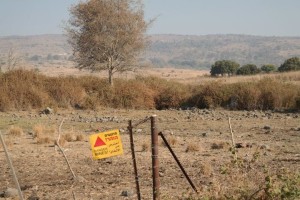 dying? He obviously must be gone and unable to perform his cosmic function. So for six months (the time of no rain and dead plants and a big deal in agricultural societies which generally had very limited ability to store up produce and grain for future use and as they were a subsistence society, they always struggled to grow enough food for this year and maybe some for the next), Tammuz had to be gone–now where could he go that he could not do his job? The only place where a god could not function was in the underworld, so he must have been there. As we see in this picture take by Matthew Vander Els in the Golan, it would be a terribly stressful time.
dying? He obviously must be gone and unable to perform his cosmic function. So for six months (the time of no rain and dead plants and a big deal in agricultural societies which generally had very limited ability to store up produce and grain for future use and as they were a subsistence society, they always struggled to grow enough food for this year and maybe some for the next), Tammuz had to be gone–now where could he go that he could not do his job? The only place where a god could not function was in the underworld, so he must have been there. As we see in this picture take by Matthew Vander Els in the Golan, it would be a terribly stressful time.
So we see the women baking cakes for Inanna/Ishtar, Dumuzi’s (Tammuz’s) wife and we see women weeping for Tammuz. Why are they weeping? Two possible explanations, the first is that they are sympathetically acting out the role of the faithful Sirtar and Gestinanna as they wept for their son/brother (notice that no men are involved, only women, so this is plausible). Are the women weeping so as to ensure that Tammuz will return and bless the land again? The second option is that they, as in other cultures, are sympathetically casting their tears upon the ground that has been “cursed” with no rain because Tammuz is in the underworld. Could it be an offering of water (tears) to the soil in the absence of the fertility that Tammuz brings?
Either way, we have an idolatrous practice being carried on in the Temple on behalf of the “undying” Tammuz – in the Underworld but not actually dead. I tell you what – they would have been better off weeping for his faithful sister. His lack of empathy for both mother and sister was pretty contemptible… they should have left him down there. On the Babylonian calendar, we see that the month of Tammuz roughly corresponds with July – the time when the pasture lands wither and die. The women for certain would have been weeping in the summer/fall.
EDIT: If you are wondering where Lent might, in fact, have come from, check out this possibility.
Sources:
Dictionary of Deities and Demons in the Bible, Karel Van der Toorn, et al. pp. 828-834 (this is an incredibly pricey book, but Van der Toorn, Ph.D. is THE man when it comes to this stuff)
Nimrod Before and After the Bible, Van der Toorn, HTR 83:1(1990) pp 1-29
A Dictionary of Ancient Near Eastern Mythology, Gwendolyn Leick, Ph.D. Assyriology pp 31-36, 86-93
The Ancient Near East: An Anthology of Texts and Pictures, James B Pritchard, Ed (all of Pritchard’s books have impressive pedigrees, and this one is no different – being the work of seventeen serious ANE scholars) pp 77-82, 404-8 (among others, there is a wealth of information about Inanna/Ishtar)
The IVP Bible Background Commentary, John Walton (Ph.D. – an expert in Ancient Near Eastern world) et al. commentary on Ezekiel 8
Myths from Mesopotamia, Stephanie Dalley (Ph.D. – Assyriology expert and often quoted by other scholars), pp 154-162
Handbook of Life in Ancient Mesopotamia, Stephen Bertman, Ph.D. pp 83, 117
Toward the Image of Tammuz, Thorkild Jacobsen (Ph.D. Assyriology and Sumerian Literature) History of Religions, Vol. 1, No. 2 (Winter, 1962), pp. 189-213 (available on JSTOR.org)
Tammuz and the Bible (this one was great), Edwin Yamauchi (Ph.D. specializing in Ancient History, Old Testament, New Testament, Early Church History, Gnosticism, and Biblical Archaeology), Journal of Biblical Literature Vol. 84, No. 3 (Sep. 1965), pp. 283-290 (also available on JSTOR.org)
https://www.newworldencyclopedia.org/entry/Tammuz
https://www.worldhistory.org/image/2937/semiramis/

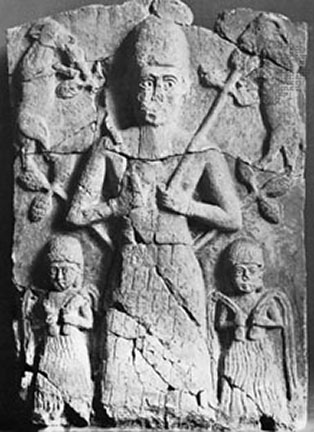
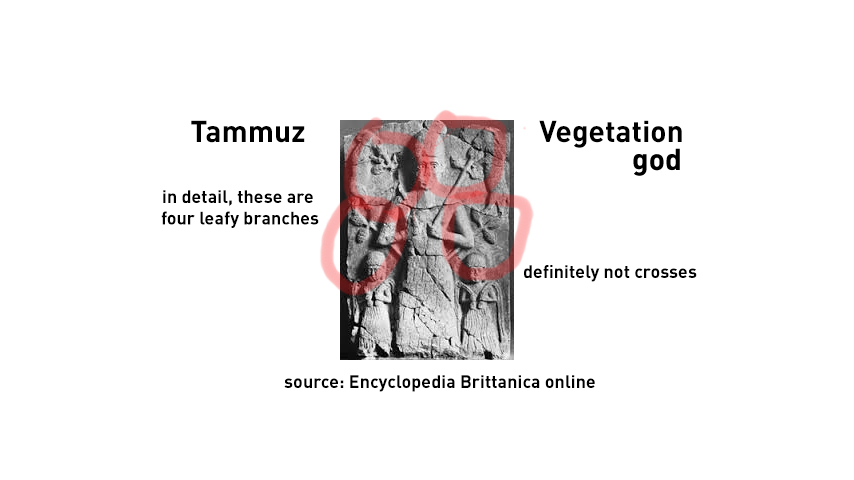




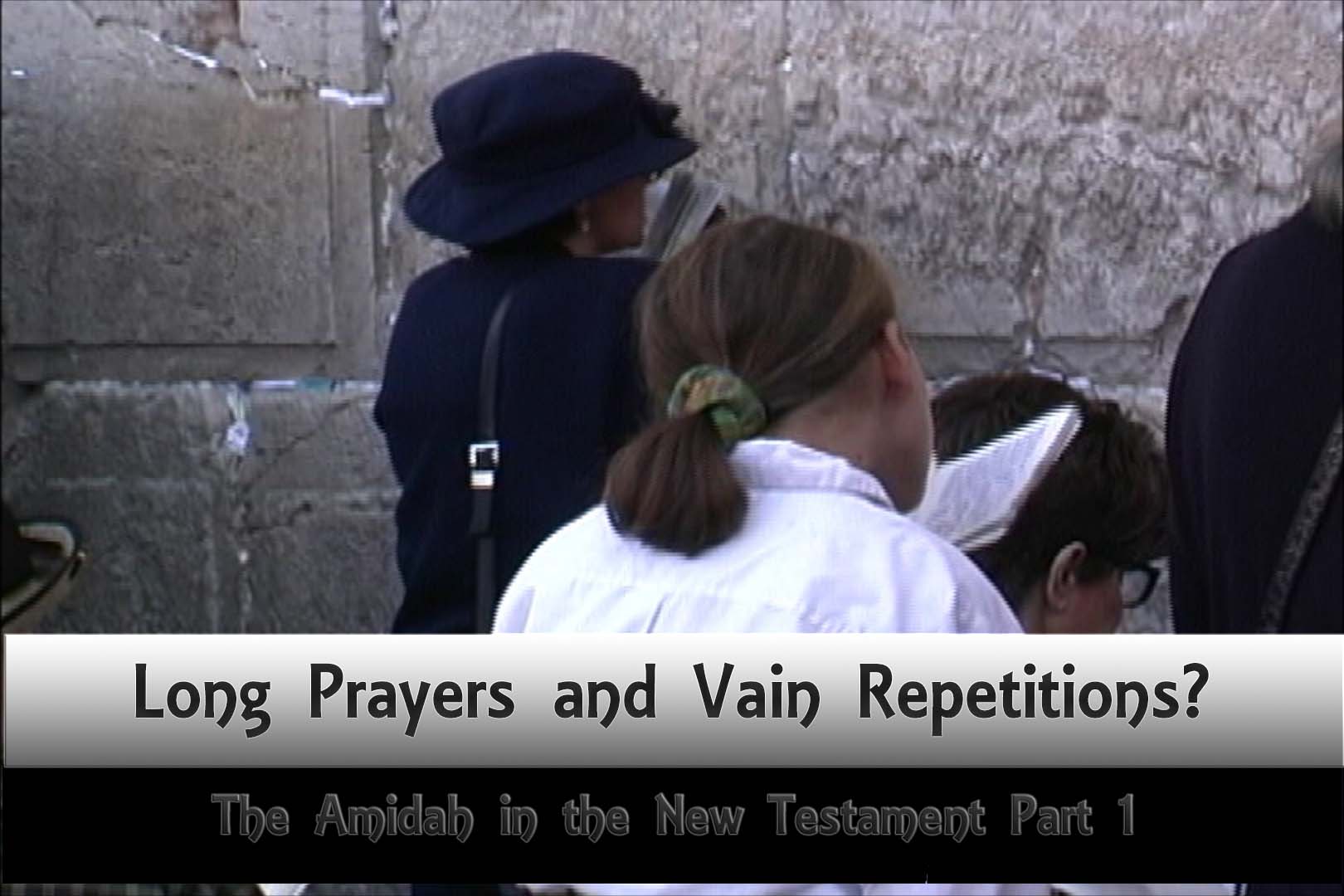

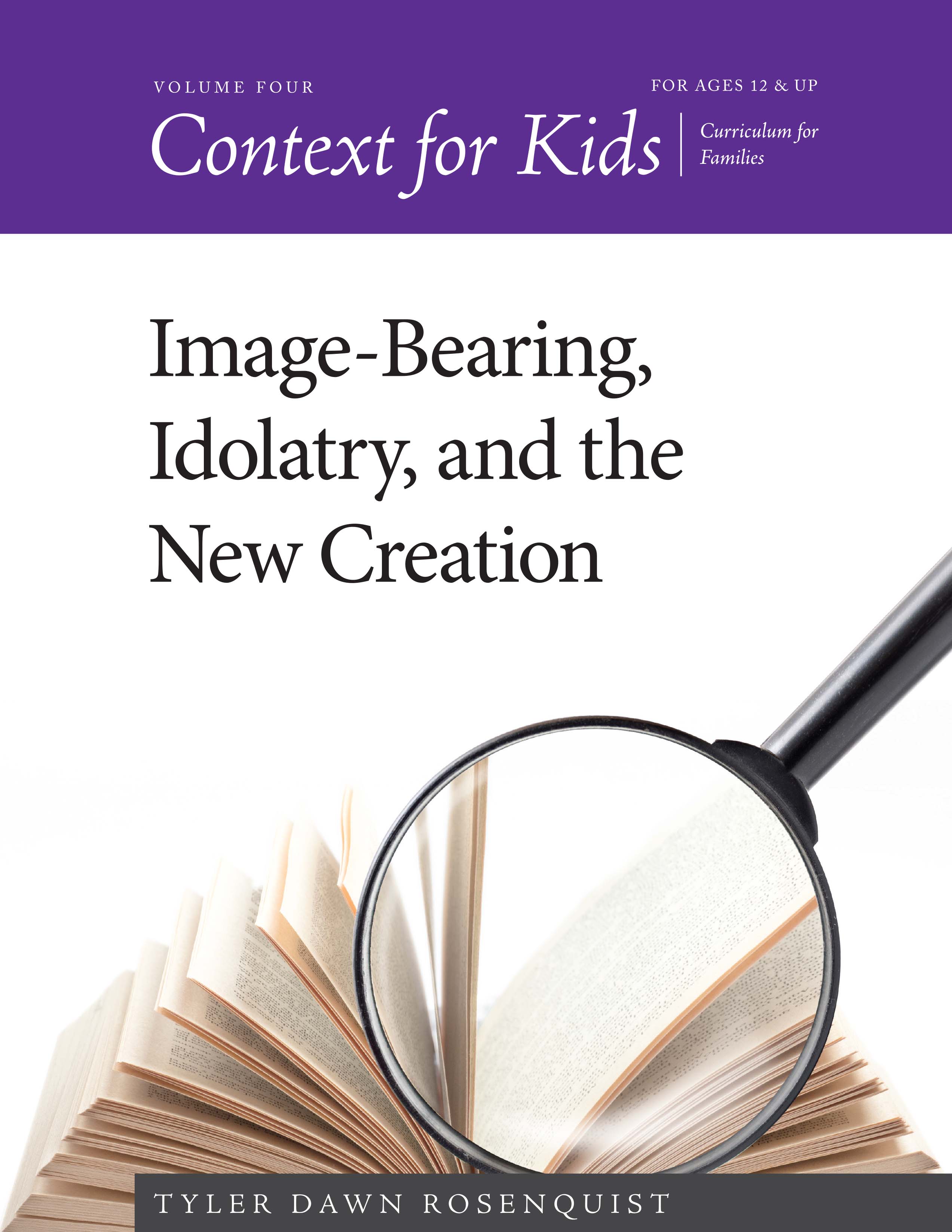
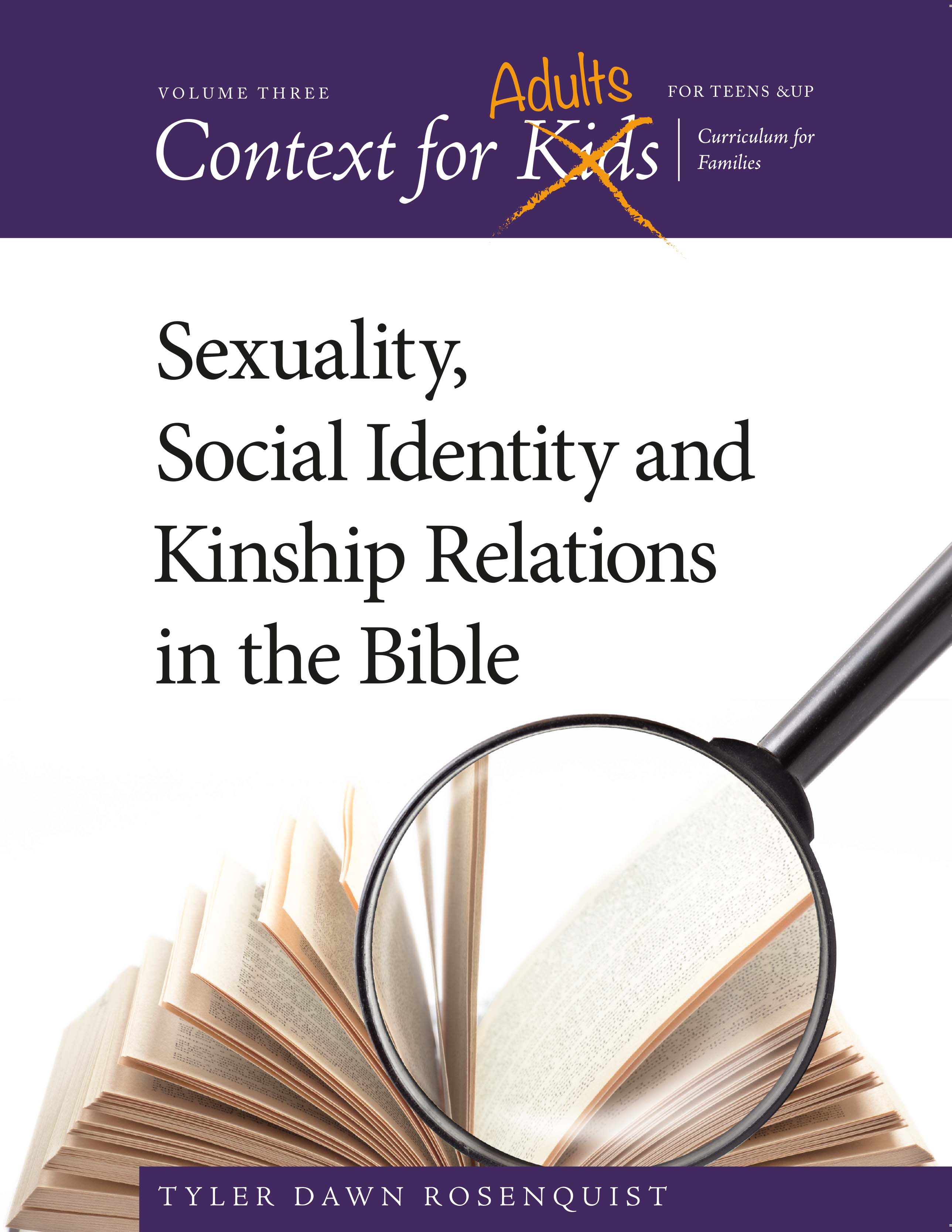
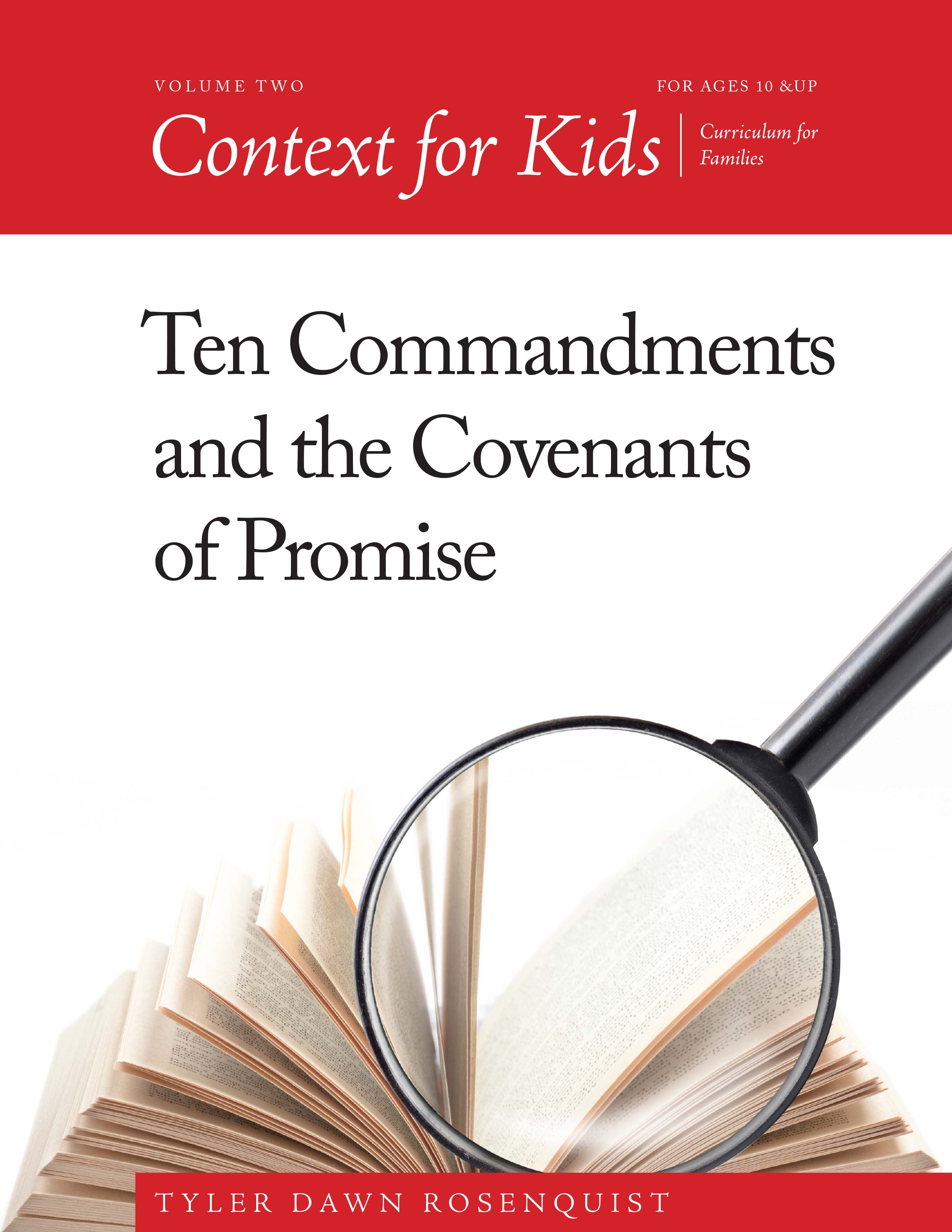

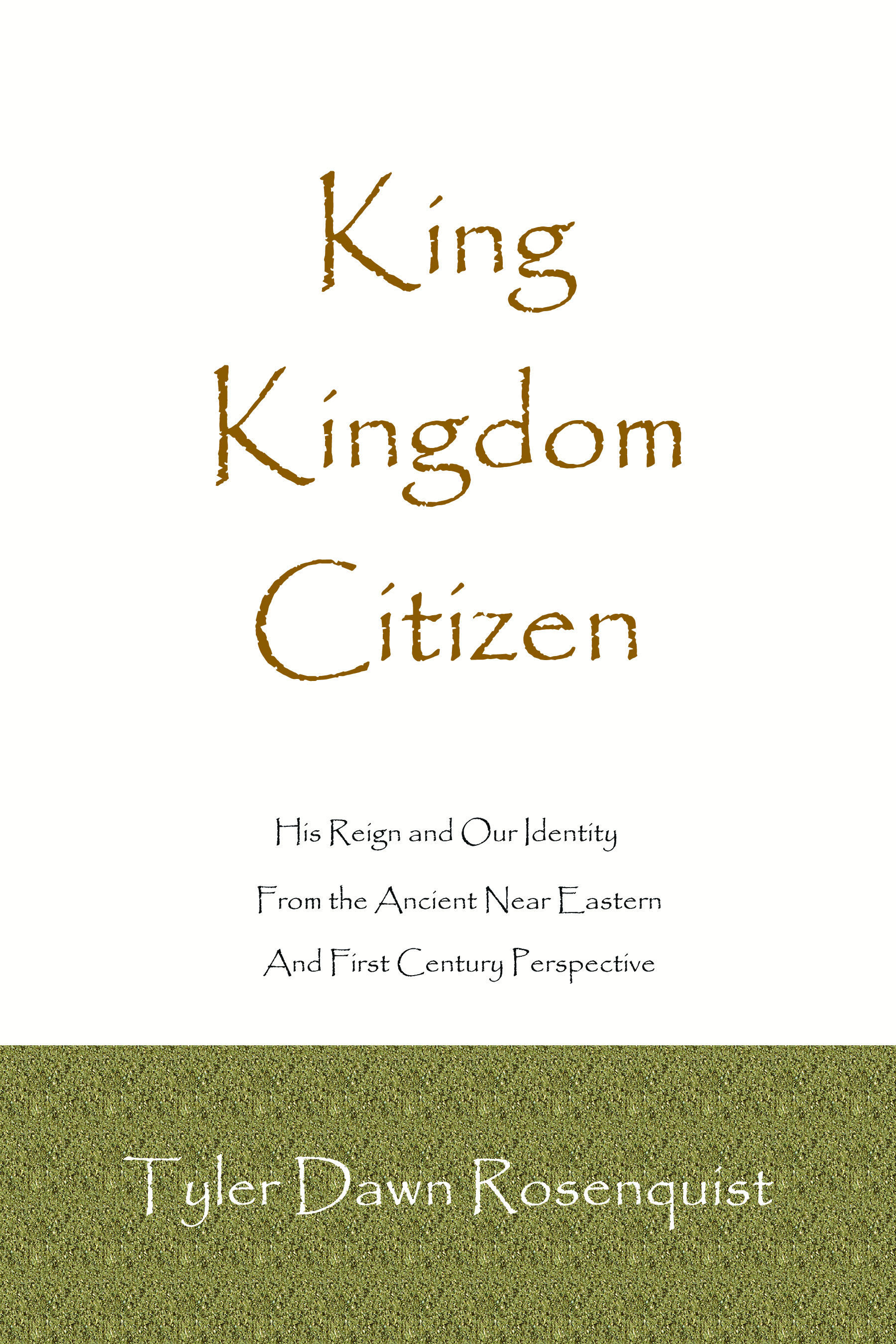






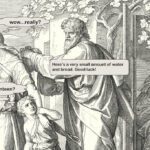
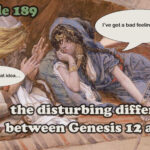

Is there a connection between Inanna and Gestinanna? Is “Gest” jest a prefix? 😉
lol, she was called the “heavenly grape-vine” but that is interesting, that the wife and sister have similar names and especially since Inanna had nothing to do with grape vines herself, but was the goddess of the storehouse in the earliest legends. Honestly – I had never noticed!
Thanks for this article. I’m working on a debunking video for the popular myths regarding the pagan source of Christmas, and this article helps.
If you have any specific questions, let me know. I actually have quite a few scholarly papers available on different subjects.